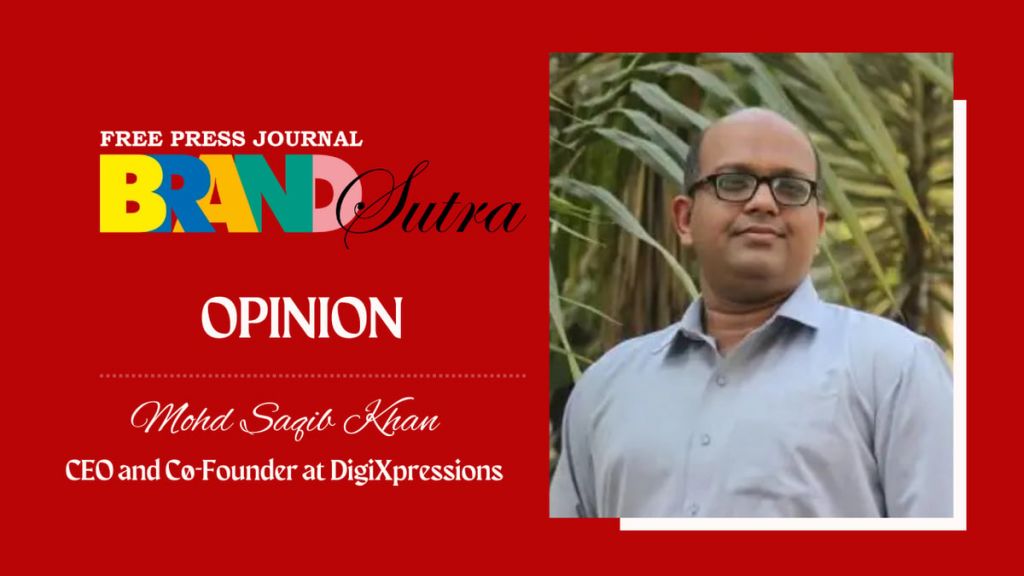
In this powerful digital era, Google is setting the stage for what could be a monumental shift in how ads are displayed and how users interact with search results. Earlier this year, Google disclosed an AI-powered search product that provides dynamic overviews right at the top of the results page, offering users precise, instant, contextualised answers.
While it’s clear that these summaries enhance the user experience, they’re also transforming the advertising ecosystem in ways that excite digital marketers. In this new format, ads will continue to appear but separately from the AI-driven responses – a move with far-reaching implications for brands, agencies and users alike. A recent study found that approximately 70% of users reported finding the answers they need directly from AI-generated results, reducing their need to click on traditional organic links.
So, what does this mean for the future of search? Let’s dive into how this change impacts everything from user experiences to the strategies marketers will need to adapt to stay ahead in this race.
The AI-Powered Shift
AI overviews offer an intuitive and streamlined experience for users, positioning summaries above traditional ads and product listings. This shift has made it the most coveted space in search results. In markets like India, AI summaries could lead to more user-centric experiences, pushing brands to create relevant personalised content and anticipate user needs.
What’s In It For Marketers?
Marketers in India and beyond sense that this new ad structure will challenge the current status quo. To stay visible, they must adapt their strategies to meet the expectations of an AI-driven landscape. Many forward-thinking agencies are already guiding clients on how to align their content with Google’s new standards. By focusing on quality, relevance and user-centricity, brands can future-proof their digital presence, ensuring they remain visible in a world where AI shapes the search experience.
Hyper-contextualised ads in AI results require seamless integration with AI responses, necessitating a reimagined targeting approach. Cross-channel funnels now connect organic content, paid ads and AI-driven responses, replacing legacy SEO practices.
Impact On Organic Traffic
One of the biggest changes lies in the organic versus paid debate. With AI-powered summaries answering user questions directly, traditional organic traffic could see a decline. As Google’s AI serves answers upfront, users may feel less need to click through to external websites. Marketers are adjusting strategies to maintain visibility while balancing paid and organic efforts in response to Google’s AI-driven ranking. Brands with deep, context-rich expertly crafted content will thrive, while those with shallow content may struggle.
Personalisation, Precision And Adaptation
The AI transformation is ushering in a new dawn for digital ads, one that is highly personalised, intuitive and ultimately more effective. Rather than a one-size-fits-all approach, Google’s AI enables hyper-targeted ads that align with users’ specific needs and contexts. This precision has the potential to make ads more valuable and engaging, not only for brands but also for users.
For marketers, this world of AI represents a call to action. It’s time to move beyond traditional approaches and embrace innovative strategies that prioritise user intent and relevance. The days of linear advertising journeys are giving way to complex cross-channel funnels that integrate AI insights, blending organic, paid and AI-driven strategies into a cohesive whole. Google's AI-first search results are set to greatly influence the digital ecosystem.
(The author is the Co-Founder and CEO of DigiXpressions)